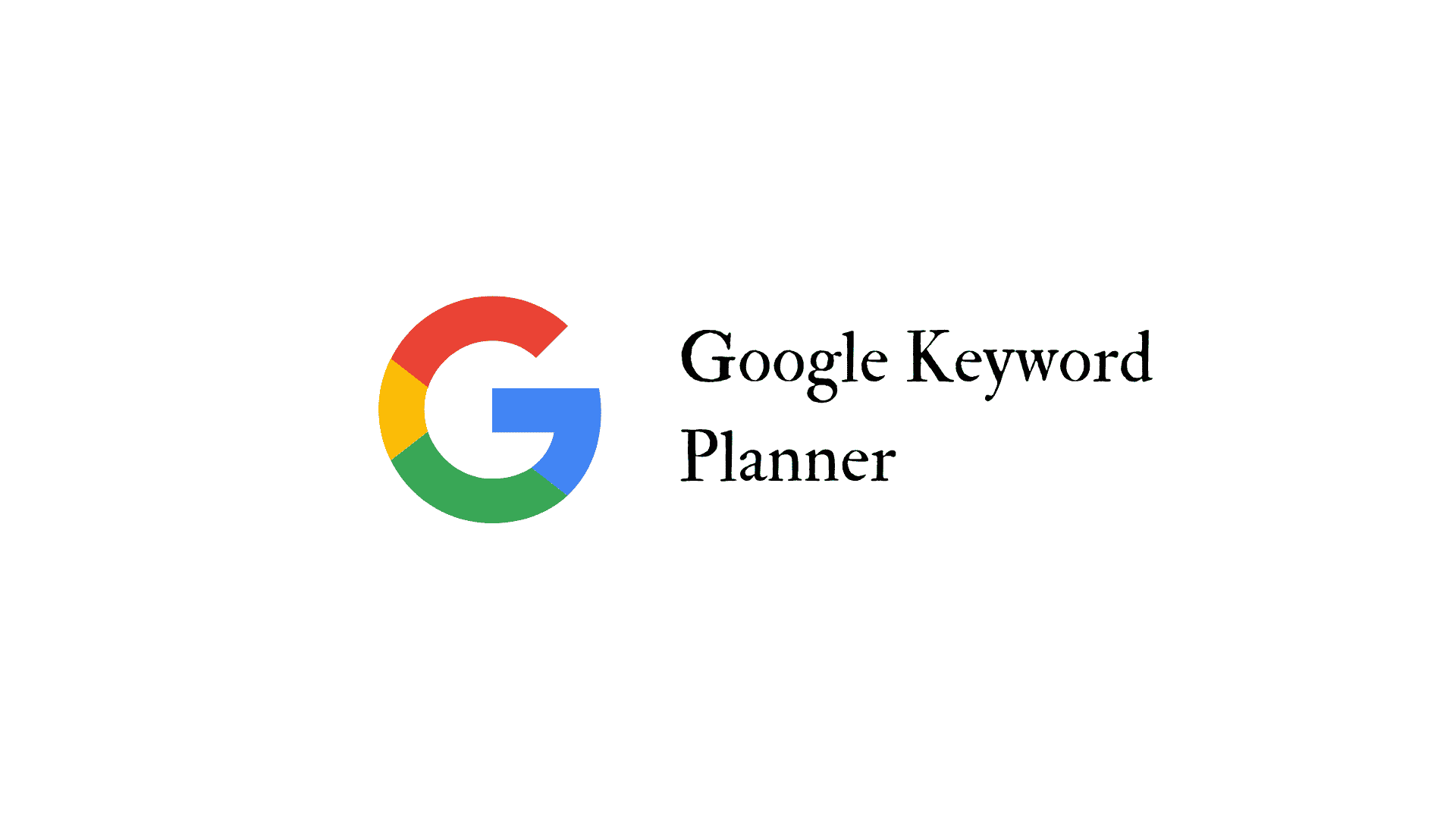- Google Keyword Planner: Introduction
- Finding the right tool
- Filter and Sort the Results
- Analyze the Keyword Ideas Section
- Choose a Keyword
- Get Exact Keyword Search Volume Data
- Conclusion
Introduction
Google Keyword Planner is a free tool that helps you research keywords for your AdWords campaigns. You can use it to find new keyword ideas for your existing campaign or generate a list of keywords for a new campaign. It was a popular tool until Google decided not to provide exact monthly search volumes for keywords. However, you can see the exact search volume if you run an Adwords campaign, meaning you will have to pay for it,
Gaining Access
Google Keyword Planner (GKP) was absolutely free until Google decided against it in recent developments. In order to access GKP, you will need to pay a minimal amount and run a campaign.
To access GKP, you’ll need to set up an AdWords account. If you don’t have one, you can sign up for one here.
Once you’re signed in to your AdWords account, click on the Tools icon at the top of your account page, and then select Keyword Planner from the drop-down menu.

Finding the right tool
Google Keyword Planner is a tool that allows you to research and analyze keywords for your Google Ads campaigns. You can use Keyword Planner to search for new advertising opportunities, get historical statistics, and find out how often certain keywords are searched for. To use Keyword Planner, you’ll need a Google Ads account.
Once you access Keyword Planner from the Tools menu, you can choose between “Discover New Keywords” and “Get search volume and forecasts”. We will discuss each one in detail.

Keyword Planner: Finding Keywords
To get started, enter a keyword or phrase into the “Your product or service” field.
Then, select your targeted country and language. Finally, click “Get ideas.” Keyword Planner will then generate a list of related keywords and data on each keyword, including monthly search volume, competition, and suggested bid. This information can help you choose the right keywords for your Google Ads campaigns.
For each of the suggestions, you will see data around:
- Avg. monthly searches
- Competition
- Top of page bid (low range);
- Top of page bid (high range)

Also, you can use phrases too or upto ten keywords or phrases to find results. Or, you can use a URL or URL and keywords combined to find results.
Get search volume and forecasts for your keywords.

Once you have a list of keywords you want to target, you can research and get more data. The Google Keyword Planner will help you get search volume and forecast data about how it would perform in the future. You can also get historical data on the performance of the keyword. When you have a list of keywords for which you want to see the metrics, paste it and click on “Get Started,” and it will take you to a section called “Forecasts.”
This section will give you data about:
- Clicks
- Impressions
- Cost
- CTR
- Avg. CPC
This section will show you how many clicks and impressions you can expect if you decide to run ads for a particular keyword over the next 30 days. You will also get data about the estimated costs, Click-Through-Rate, and Cost-Per-Click.
You can then visit the Historical Metrics Tab, and you will see a 12 months average search volume for the keywords.
Filter and Sort the Results
You can filter and sort the results on the keywords results page and how you want them. At the top of the page, you will see four options:
- Locations: This is the country in which you want to perform your marketing activities.
- Language: Using this, you can retrieve information on keywords in a different language. For e.g., If you want information about French Keywords, you can set this filter to French.
- Search Networks: You can choose to market on other site partners of Google like Youtube, etc., using this option.
- Date Range: This option lets you choose a date range. It’s 12 months by default.
Analyze the Keyword Ideas Section
Another important feature on the page is the “Add filter” option. You can use this to refine your search furthermore.
- Keyword Filtering(By Relevance): You can use the contains keyword option to only show you keyword results with a particular keyword. The “Exclude keyword” option helps you with results that do not have a particular keyword.
- Avg. monthly searches: This filter helps you refine your results by helping you only get keywords with good search volume, i.e., keywords with no or less search volume can be filtered out. But, make sure you are careful about the seasonal keywords. Keywords such as “Halloween gifts” won’t have the same search volume throughout the year.
- Competition: This shows the demand for advertising for that keyword. It will help you with commercial intent and help you decide if you have to put your money into it.
- Top of Page Bid: This is another way to find the monetization potential of the keyword. The higher the bid of the keyword, the more profitable the keyword is.
Choose a Keyword
Choosing the right keyword to optimize your site around it is important. If you are not careful about it, all your keyword research hard work will go in vain. Choosing the right keyword is an art, and you have to make sure that the keyword isn’t too broad and not too narrow. It should describe your service, product, or content idea perfectly. The 3 important factors for choosing the right keyword would be:
- Search Volume: A keyword with a higher search volume will give you more traffic.
- Commercial Intent: The higher the commercial intent(competition for the keyword and the suggested bid), the easier it is to convert that traffic into paying leads.
- Organic SEO Competition: Checking the SEO competition for the keyword on Google’s SERP will also help you to decide what to rank for and what to not rank for.
Looking to stay ahead in the SEO competition? The SEO strategies free course will teach you practical SEO strategies that you can use to improve your website’s search engine ranking. You’ll learn how to research keywords, optimize your website’s content and structure, and build links to improve your site’s authority. By the end of the course, you’ll have a solid understanding of how to increase your website’s visibility in search engine results pages.
Get Exact Keyword Search Volume Data
You would have noticed that we don’t get the exact search volume for keywords on GKP. But there’s a way around it. All you have to do is select a keyword you want to target from the keyword list. Then, click on “Add to Plan” and then click on “Plan overview” on the right sidebar. You will get data about the impressions you can expect if you make a bid on that term. Voila! That’s how many people would search for that keyword. That is your search volume for that keyword.
Conclusion
Google Keyword Planner is a great tool for finding the right keywords for your website or blog. It’s easy to use and can help you get the traffic you need to grow your business.
It is a great tool for bloggers to increase their traffic. Using this tool, bloggers can find out which keywords are popular and targeted by potential readers. This information can be used to create blog posts that are more likely to be read and shared. Bloggers who use Google keyword Planner can increase their traffic and readership. You can also take up the Free SEO strategy course and enhance your knowledge about the same.








